As the spring temperatures slowly rise into the summer heat, it’s important to remember that these are ideal conditions for termite to swarm. Remaining nearly incognito as they feed on cellulose-based materials in the home, termites are some of the most destructive pests for homeowners. One of the key factors in preventing termite infestation is understanding how they enter a home in the first place. By knowing the potential entry points and taking steps to seal them off, homeowners can greatly reduce the risk of termite damage.
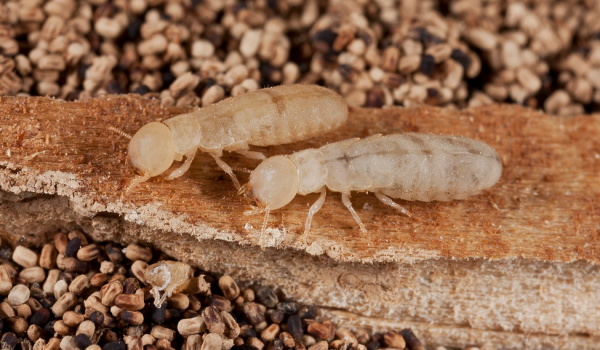
Entry Points For Termites
Although the presence of termites is often linked to wood, you may be surprised to learn that different types of termites will enter a home through different entry points. While some may be more obvious than others, such as areas where wood structures directly meet the soil, other areas may have you saying “so THAT’S how they get in”. Regardless, recognizing how termites enter the home means you’re one step closer to better prevention practices. Let’s dive in:
1. Cracks in the foundation:
(Subterranean termites) Even small cracks in the foundation can provide a pathway for termites to enter a home. Subterranean termites can easily squeeze through these cracks and make their way into the wooden structures of the home. Cracks in the foundation can occur naturally over time, but can also result from shifts in the soil or from other external factors. To prevent termites from entering through cracks in the foundation, seal them off with caulk or other materials.
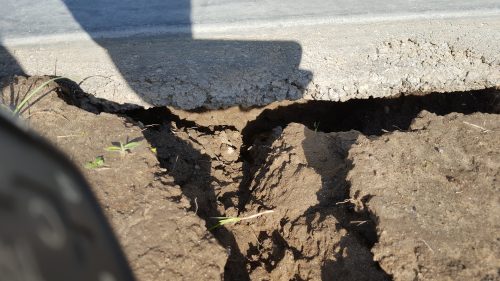
2. Wood-to-soil contact:
(Subterranean termites) When wooden structures of the home are in direct contact with soil, termites can easily move from the soil to the wood. To prevent termite infestation, it is important to use treated lumber or create barriers between soil and wooden structures. For example, use concrete blocks, metal barriers, or a layer of gravel or sand to create a barrier between the soil and the wood.
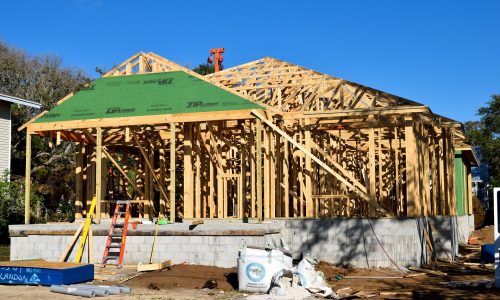
3. Plumbing and utility entry points:
(Subterranean + Drywood termites) Gaps around plumbing and utility lines can provide access points for termites. These gaps should be sealed off with caulk or other materials to prevent termites from entering the home. Common areas where termites can enter include gaps around water pipes, sewer lines, and air conditioning lines. We recommend inspecting these areas regularly for signs of activity.
4. Roof vents and chimneys:
(Drywood termites) Termites can enter a home through gaps around roof vents and chimneys. These gaps can occur naturally over time, or may be the result of poor installation or maintenance. To prevent infestation, seal these gaps with mesh or other similar materials. Mesh screens can be installed over roof vents and chimney caps can be used to cover chimney openings.
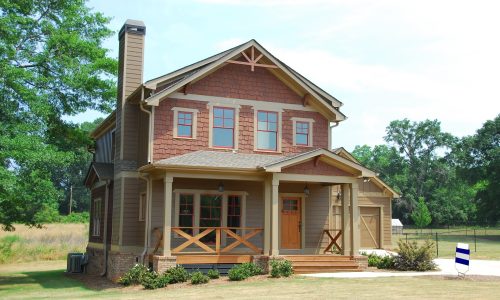
5. Infested wood furniture and decor:
(Subterranean + Drywood termites) Bringing infested wood items into the home can also introduce termites. Inspect all wooden items before bringing them inside, especially if the items have been stored outside or in an area where they may have been exposed to termites. Be wary of second-hand items that may already be infested. Even treated wood can be susceptible to termite infestation, so exercise caution when bringing any wooden items into the home.
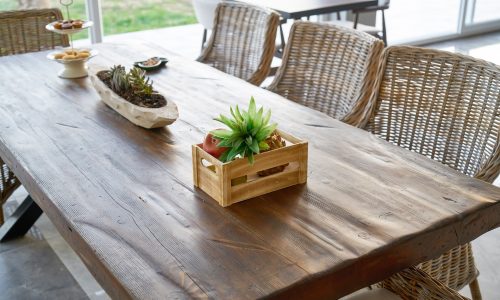
Signs of Termite Infestation
Termites are known for being stealthy pests that can cause significant damage before they are detected. However, there are several signs that homeowners can look for to detect termite infestation. Additionally, much like the entry points, different signs may indicate the specific type of termite. These signs include:
- Shed wings:
Termites swarmers (reproductives) shed their wings after swarming to establish a new colony. This is typically one of the first signs of termites so pay attention around window sills and door frames for shed wings. - Mud tubes:
(Subterranean termites) Mud tubes are narrow tunnels made of soil and termite saliva, built to travel from the soil to the wood of a structure. These tubes can be found along the foundation of the home, on walls, or in crawl spaces, and indicate termite activity. - Termite droppings (frass):
(Drywood termites) Termite droppings look like small, pellet-shaped mounds and can be found near wooden structures in the home.
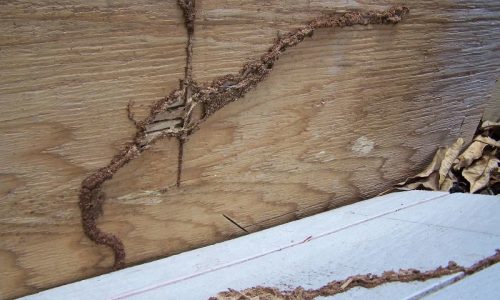
- Sagging floors or ceilings:
Extensive termite damage can cause floors or ceilings to sag. This is a serious sign of termite infestation and should be addressed immediately. - Hollow or damaged wood:
Termites eat wood from the inside out, which can hollow out wood structures, leaving them weakened and vulnerable to collapse. Although this sign is not always visible, you can detect it by tapping on the wood and listening for a hollow sound.
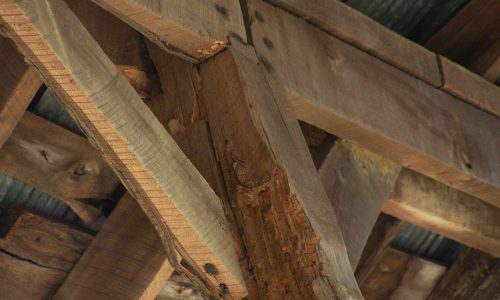
Prevention
Prevention is key in avoiding termite infestation. Some prevention tips include regularly inspecting the home for signs of termites, sealing cracks and gaps in the foundation and walls, storing firewood and other wooden items away from the house, ensuring proper drainage around the foundation, and treating wooden structures with insecticides or other protective measures. For additional information on how to prepare your home to help prevent termites read our article here.
Regular home inspections should include inspection of the home’s foundation, wooden structures, and other potential entry points for signs of termite activity. If you live in an area with a high risk of infestation (think warm and humid), you may want to increase the frequency. Catching an infestation early on can prevent significant damage and save you money in the long run.
If you suspect a termite infestation in your home, we strongly recommend contacting your local pest management company. Attempting to eliminate the problem or using DIY techniques may only help temporarily, and may ultimately cost more in damage control. A trained pest management professional will be able to identify the problem and recommend appropriate action for extermination.
If you own or work for a pest control company and are interested in purchasing MABI injectors for termite and pest treatment, contact us. For more information about how MABI injectors can help you save time and money on treatment jobs, read more here.